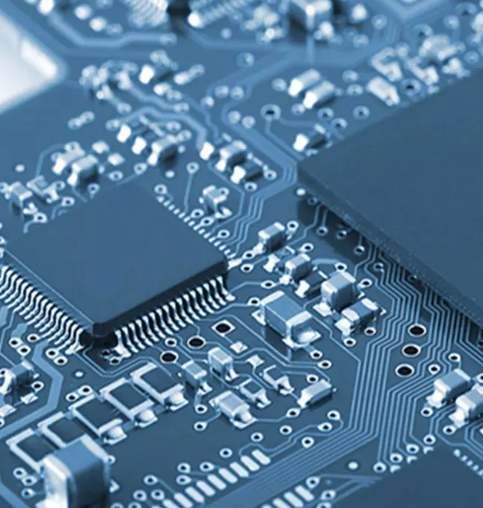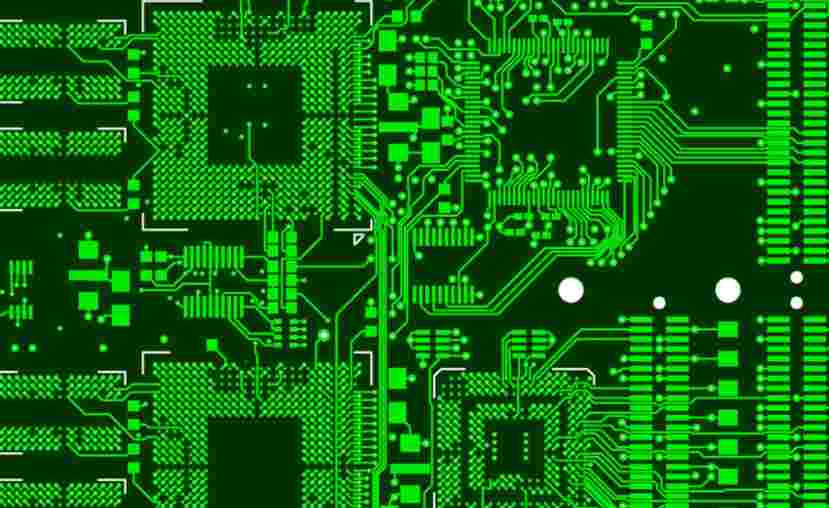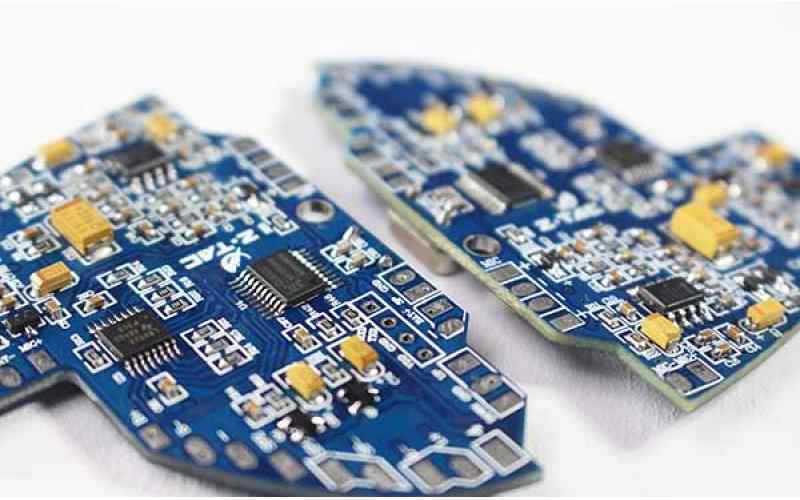
What does impedance mean to PCB boards, and why do PCB boards need impedance? This paper first introduces what is impedance and its type, then introduces the PCB circuit board why to do impedance, and finally explains the significance of impedance to PCB circuit board. In a circuit with resistance, inductance, and capacitance, an obstacle to alternating current is called an impedance. Impedance is usually denoted by Z, which is a complex number. The real part is called resistance and the imaginary part is called reactance. The blocking effect of capacitance on AC in a circuit is called capacitive reactance, the blocking effect of inductance on AC in a circuit is called inductive reactance, and the blocking effect of capacitance and inductance on AC in a circuit is collectively called reactance. The unit of impedance is ohm.
Impedance type
1. Characteristic impedance
In computer, wireless communication and other electronic information products, PCB circuit transmission energy is composed of voltage and time square wave signal (called pulse). The resistance it encounters is called the characteristic impedance.
2. Differential impedance
The driver input two identical signal waveforms of opposite polarity, respectively transmitted by two difference lines, the two difference signals are subtracted at the receiving end. Differential impedance is the impedance between two wires.
3. Odd-mode impedance
The impedance of one of the two lines to the ground is the same as the impedance of the two lines.
4. Even mode impedance
Two identical signal waveforms of the same polarity are input at the driver end, and the impedance when the two wires are connected is Zcom.
5. Common-mode impedance
The impedance Zoe to ground of one of the two lines is the same as that of the two lines, usually greater than the odd-mode impedance.
Why do PCB boards need impedance? The impedance of a pcb board refers to the resistance and reactance parameters that block the alternating current. Impedance processing is essential in the production of pcb circuit boards. Here's why:

1, PCB circuit (bottom board) to consider the plug and installation of electronic components. Electrical conductivity and signal transmission performance should be considered after plugging. Therefore, the lower the impedance, the better, the resistivity should be less than 10-6 per square centimeter or less.
2, PCB circuit board in the production process to go through copper plating, tin plating (or electroless plating, or hot spray tin), connector welding and other process steps, the materials used in these links must ensure that the resistivity is low, to ensure that the overall impedance of the circuit board is low, meet the product quality requirements and can operate normally.
3. Tin plating of PCB circuit board is the most common problem in the production of the whole circuit board, which is the key link affecting the impedance. The biggest defects of electroless tin coating are easy discoloration (easy oxidation or delitization) and poor solderability, which can lead to difficulty welding the circuit board, high impedance, poor electrical conductivity or instability of the overall performance of the board.
4, PCB circuit board conductor has a variety of signal transmission. When it is necessary to increase its frequency to improve its transmission rate, if the circuit itself is different due to etching, stack thickness, line width and other factors, the impedance value will change, so that its signal distortion, circuit board performance is reduced, so it is necessary to control the impedance value within a certain range.
Impedance to PCB circuit board meaning
For the electronic industry, according to the industry survey, the most fatal weakness of electroless tin coating is easy to discolor (easy oxidation or dampening), poor brazing property leading to welding difficulties, high impedance leading to poor conductivity or instability, easy to cause short circuit, or even burn or fire PCB long tin must be caused. Many products and their users have poor performance on the bottom of the electronics (circuit board) or the entire electronics), and the main reason for poor performance is impedance problems, because when unqualified electroless tin plating technology is in use, it is actually tinned on the PCB circuit board, and it is not really pure tin (or pure metal elements), but tin compounds (i.e. not metal elements at all, It is a metallic compound, oxide or halide, or more directly a non-metallic substance) or a mixture of tin compounds and elements of the genus tin, but which is difficult to detect with the naked eye...
Because the main circuit of the PCB board is copper foil, there is a tin layer on the solder joint of the copper foil, and the electronic components are welded to the tin layer through the solder paste (or solder wire). In fact, the solder paste is melting. The welding state between electronic components and tin layer is metal tin (that is, metal elements with good electrical conductivity), so it can be simply pointed out that electronic components and copper foil at the bottom of printed circuit board are connected through the tin layer, so the purity and impedance of the tin layer instrument is the key; But before the electronics are plugged in, when we measure impedance directly with the instrument, the ends of the probe (or test line) first touch the copper foil on the bottom of the PCB board. The tin plating on the surface is then connected to the copper foil at the bottom of the PCB to transfer the current. Therefore, tin plating is the key, is the key to affect the impedance, is also the key to affect the performance of the whole PCB, is also easy to be ignored.
It is well known that, except for the metal elements, the compounds are poor or even non-conductive (which is also the key to the distribution or diffusion ability of the circuit), so that in the case of a quasi-conductive tin coating rather than a conductive tin compound or mixture, The resistivity and corresponding impedance of existing or due to future oxidation or moisture resulting from an electrolytic reaction are quite high (sufficient to affect signal transmission in horizontal or digital circuits) and the characteristic impedance is also inconsistent. So it will affect the performance of the circuit board and the whole machine.
Therefore, as far as the current social production phenomenon is concerned, the coating material and performance at the bottom of PCB board is the most important and direct cause affecting the characteristic impedance of the whole PCB. Variability, so the worrying effect of its impedance becomes more intangible and variable. The main reasons for its concealance are: one is not visible to the naked eye (including its changes), the other is not constantly measured, because it has the variability with time and environmental humidity changes, so it is always easy to be ignored.







